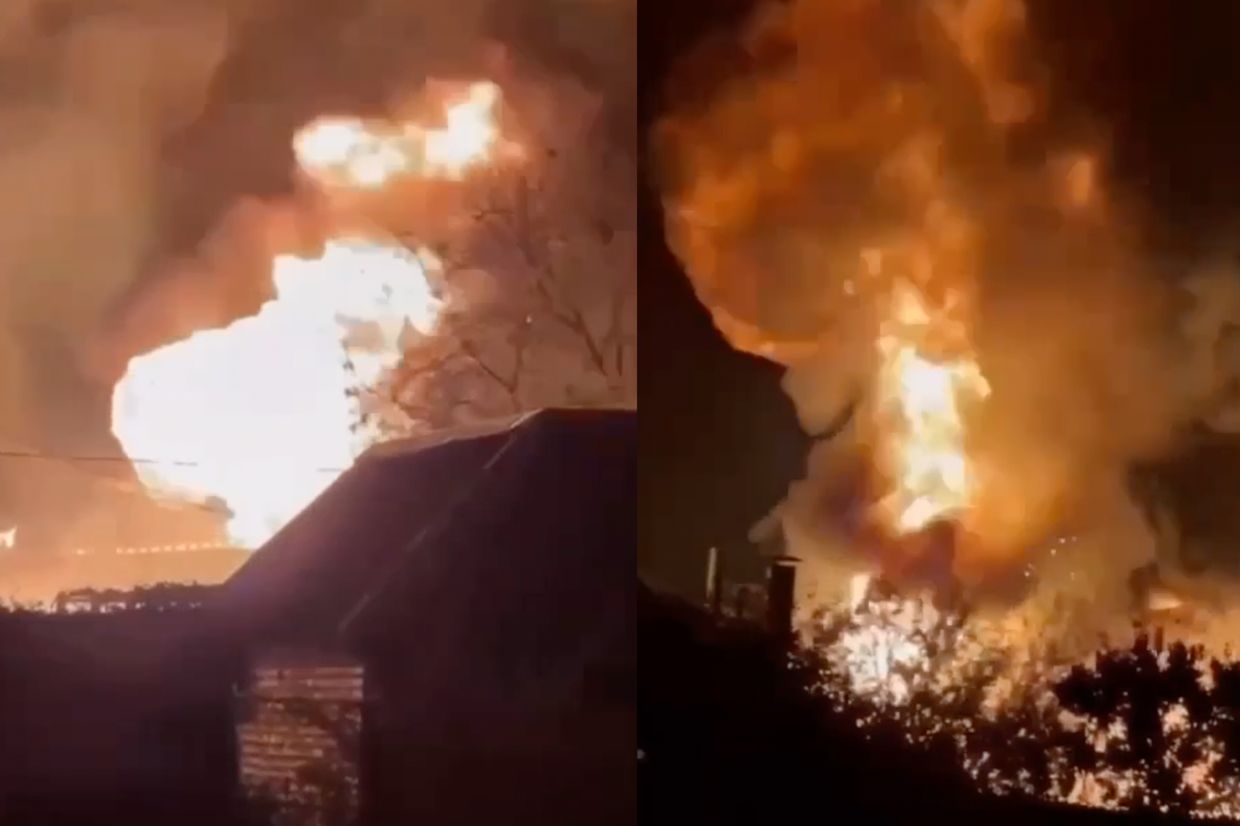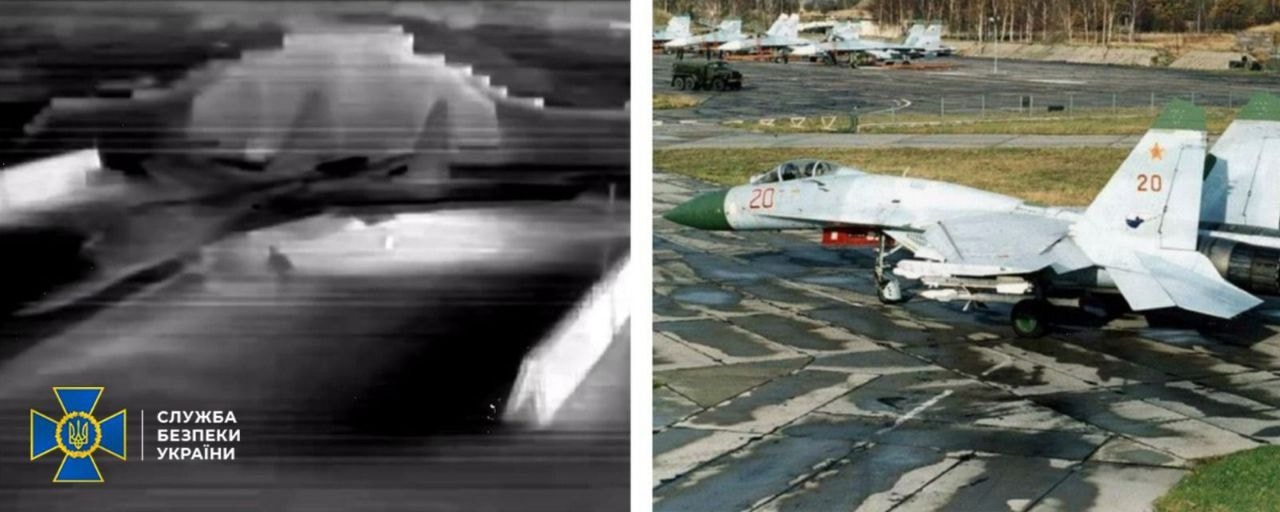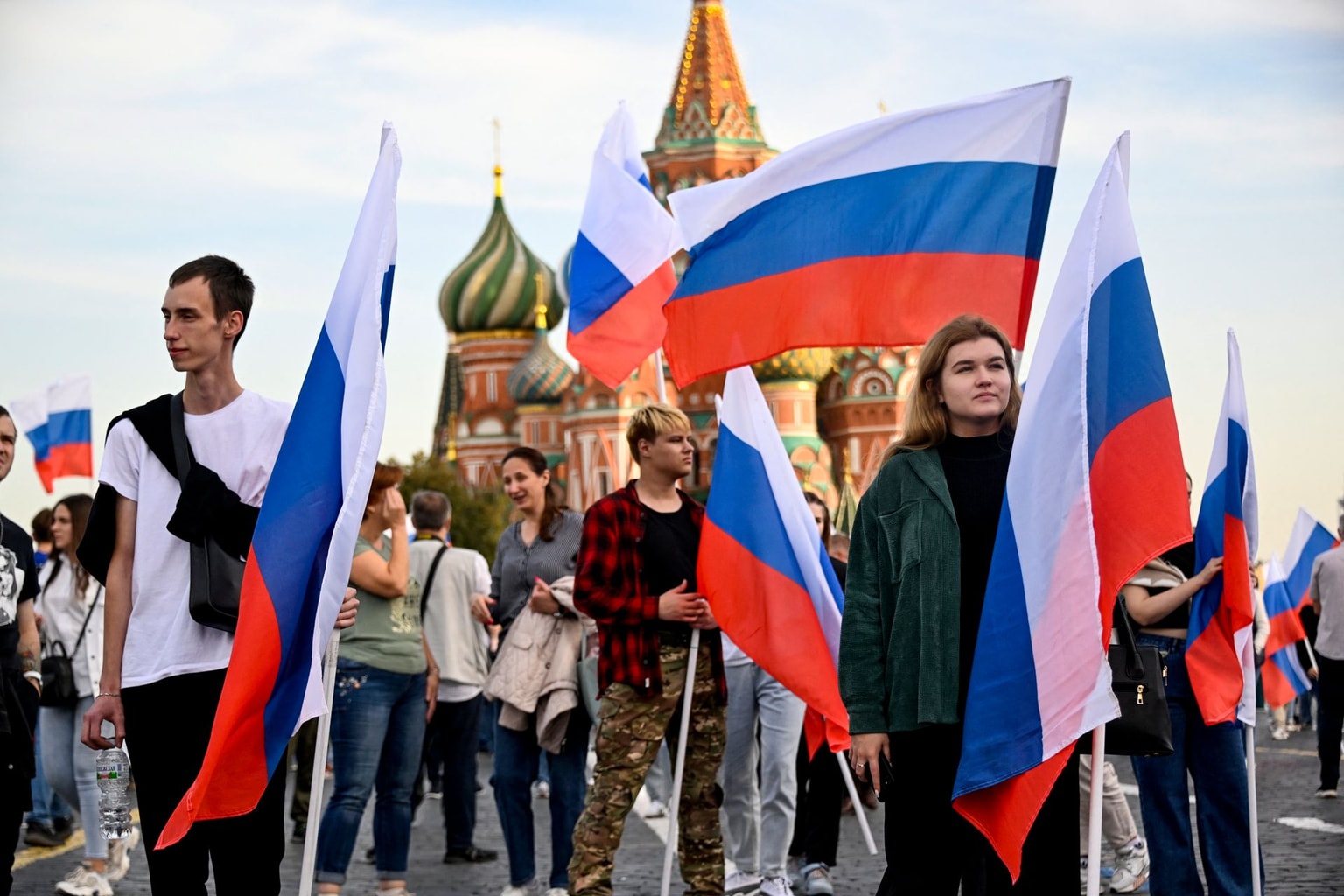
Ukraine facing 'grim' situation in Donetsk Oblast, as Russia claims capture of Selydove
A man walks past a crater and heavily damaged apartment building following a Russian aerial attack, in Selydove, Donetsk Oblast on June 27, 2024, amid the Russian invasion of Ukraine. (Roman Pilipey /AFP via Getty Images)
Ukraine faces a "pretty grim" situation in Donetsk Oblast in the east of the country as Russian forces make some of their swiftest advances since the summer of 2022, according to experts and OSINT analysts.
"The last week has been extremely difficult for the Ukrainians — the Russians were able to breach the Ukrainian defenses in various areas," Emil Kastehelmi, an analyst at the Finland-based Black Bird Group, told the Kyiv Independent.
Russia's long and grinding campaign in Ukraine's eastern Donbas region has dramatically gained pace in recent days, with Kastehelmi saying Moscow's forces have advanced "faster than it has been any time after the summer of 2022."
"So we're looking at really large movements on the front lines, especially when put into the context of this whole full-scale invasion," he added.
Russia’s Defense Ministry on Oct. 29 claimed the capture of Selydove, a town close to the key logistics hub of Pokrovsk.
While Kyiv has yet to comment on the situation, experts and OSINT analysts have all but confirmed the town has fallen.
The Deep State OSINT project map based on data from Oct. 28 showed most of Selydove under Russian control, with around a third depicted as a disputed gray zone.

An analysis of Deep State data by the independent Russian news outlet Agentsvo said Russia had taken 196.1 square kilometers (75.7 square miles) during the week of Oct. 20-27.
"The Russian army has not had such a rapid weekly advance since at least the beginning of this year," it said in a post on Telegram.
Throughout 2024, Ukraine has faced a challenging situation in defending frontlines stretching from the country’s northeast to southern regions, particularly in the far eastern Donetsk Oblast, where Russia has consistently concentrated its offensive.
Following Ukraine's withdrawal from Vuhledar in early October, Russian forces have been focusing their efforts against the Donetsk Oblast towns of Pokrovsk, Toretsk, and Kurakhove, where outnumbered and outgunned Ukrainian soldiers are slowly losing ground under Russian pressure.
And the fall of Selydove would be dire news for Pokrovsk, lying only around 18 kilometers (11 miles) northwest, towards which Russian forces have been inching for the past couple of months.
"The city of Selydove is now most likely totally lost," Kastehelmi said. "There could be some Ukrainians in the western parts, but the city is basically lost.
"The city of Selydove is now most likely totally lost."
"That’s the biggest city to fall after Avdiivka in the winter. And it fell in a couple of weeks or so. So it was a quick, quick move."
According to Kastehelmi, one of the biggest dangers now facing Ukrainian troops is that the positions they are now being forced to fall back to are not as heavily fortified as the positions they're withdrawing from.


Asked if he believed the situation could snowball, he said there's "a real danger of that."
This would depend on Russian forces having the resources and reserves to exploit potential gaps in the Ukrainian defenses, but Kastehelmi said there haven't been any signs of that so far.
"Even though the Russians have pushed 10 kilometers in a week, we still haven't seen something that by definition would be a breakthrough."
Russian President Vladimir Putin still has a long way to go before achieving his stated goal of taking all of the Donbas, Ukraine’s far eastern coal mining region.
Russia currently occupies all of the Luhansk Oblast, and most of Donetsk Oblast except the last big remaining cities under Ukrainian control, including Pokrovsk, Kostyantynivka to the north, Kramatorsk and Slovyansk further north, and Chasiv Yar to the east.
Russia would have to take an additional 10,000 square kilometers (3,860 square miles) of territory to capture all of the Donbas, which, even at the current increased pace, would take just under a year.
It's also not been without a heavy cost for Russian forces. Casualties over October may reach around 40,000, Janek Kesselmann, the deputy commander of the Estonian Military Intelligence Center, said on Oct. 25.
But with winter approaching, the uncertainty surrounding next week's U.S. presidential election and future American weaponry supplies, and Ukraine's army dealing with its own manpower and morale issues, it's an especially precarious time for Kyiv.
"This is a pretty grim situation for the Ukrainians," Kastehelmi said.











